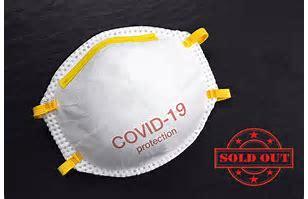Covid-19 Aerosol transmission - it's in the Air!

Early in the pandemic, droplets from coughs and contaminated surfaces were seen as the main routes of transmission – which is why social distancing and hand washing were highlighted as vital measures. China denied for a long time (as did the WHO!) that the virus was being passed airborne, by breathing in the exhalations of infected people.
But the possibility of a third route - what’s called "aerosol transmission" – in which infectious virus particles linger in the air, was only recently acknowledged by the World Health Organization.
Airborne virus particles probably play a role in "superspreading events" where the infection is passed to large numbers of people in poorly ventilated spaces such as churches and restaurants.
And while outdoors the virus can be scattered by the breeze, and weakened by sunlight, indoors it can survive in the air for up to five or more hours.
One recommendation is for people to wear masks to reduce how much virus they might release, and to reduce how much virus they breathe in. The less virus released the better, and the less breathed in, the better. Illness is less severe with lower rates of virus intake. Wear a mask indoors and outdoors in crowds and even medium level population densities.
